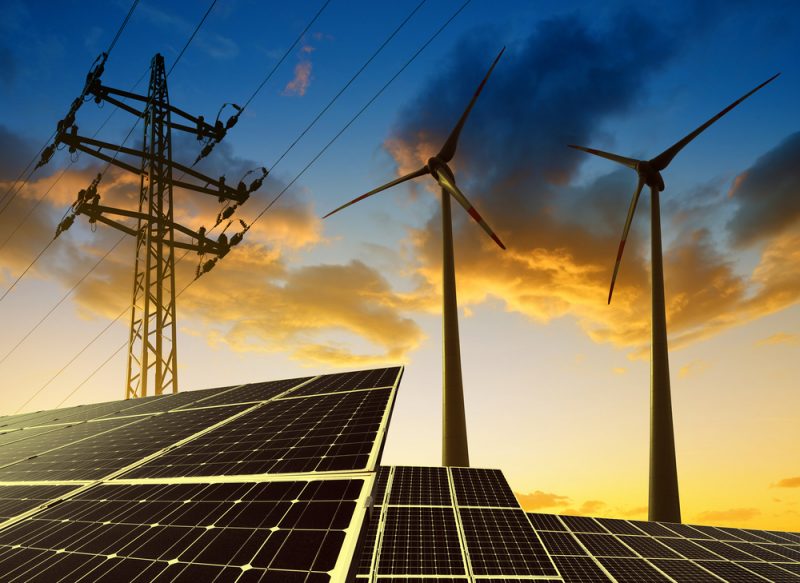Tucson Electric Power files 2017 Integrated Resource Plan

Tucson Electric Power (TEP) filed its 2017 Integrated Resource Plan (IRP) this week with the Arizona Corporation Commission (ACC), which identified plans to increasingly invest in renewable energy sources and advanced technologies.
The IRP describes TEP’s existing resource portfolio, projects customers’ future energy needs and outlines strategies to meet those needs over the next 15 years.
“Our plan recognizes the continued financial and operational benefits of owning Units 1 and 2 at the Springerville Generating Station, Arizona’s most efficient, cost-effective coal-fired power plant,” TEP President and CEO David G. Hutchens said. “However, renewable energy, energy efficiency and cost-effective natural gas technologies will play an increasingly prominent role in our future resource plans.”
TEP set a goal of distributing 30 percent of its electricity from renewable resources by 2030 and expects to add approximately 800 megawatts (MW) of renewable capacity in that timeframe.
In order to address operational challenges associated with renewable energy sources, TEP plans to invest more heavily in energy storage, energy efficiency measures and advanced, cleaner-burning natural gas technologies. The company is considering acquiring natural gas reciprocating internal combustion engine technologies, which can be used to manage power fluctuations.
The IRP also describes plans to retire and replace some of TEP’s coal-generating facilities. The company will lose 170 MW of coal-fired capacity when Unit 2 at the San Juan Generating Station in New Mexico shuts down at the end of this year. The entire San Juan plant is expected to shut down in 2022. The company is also preparing for the retirement of the Navajo Generating Station, which will continue to operate through 2019 if a land lease extension can be attained.
